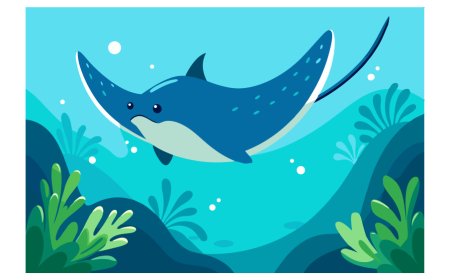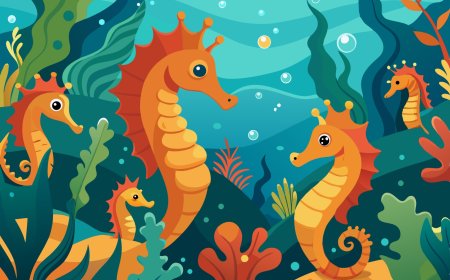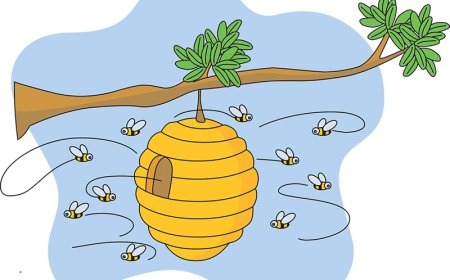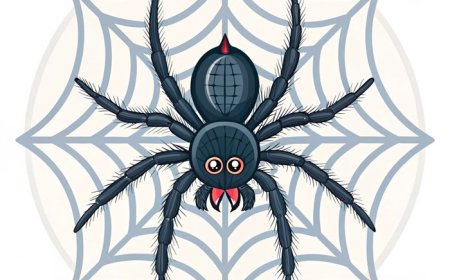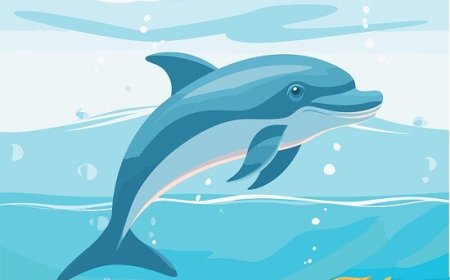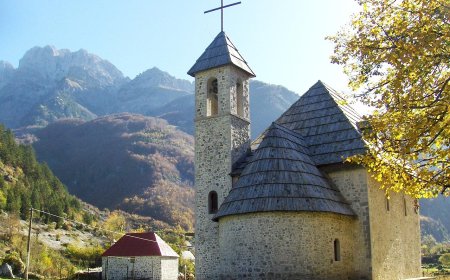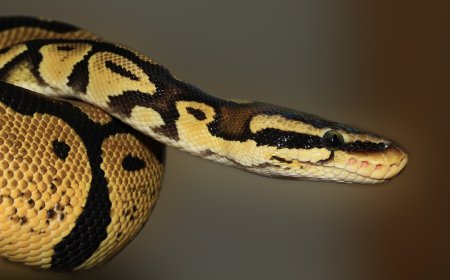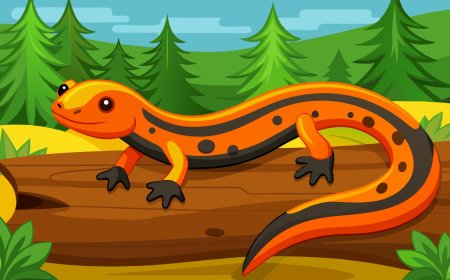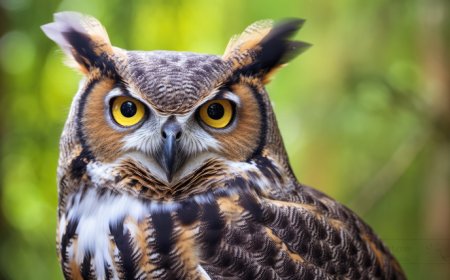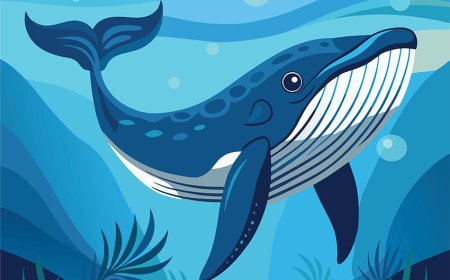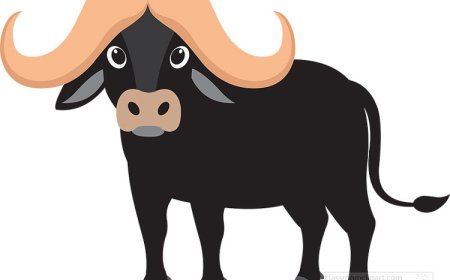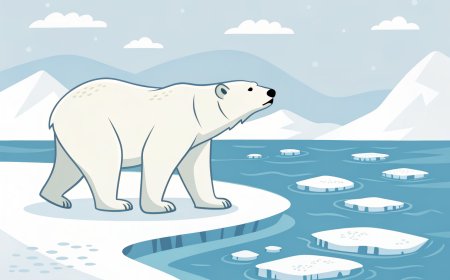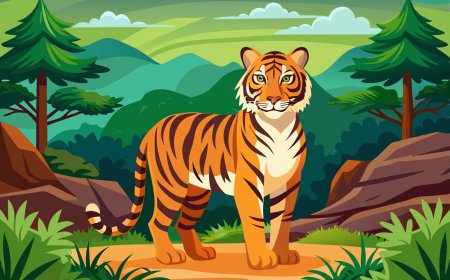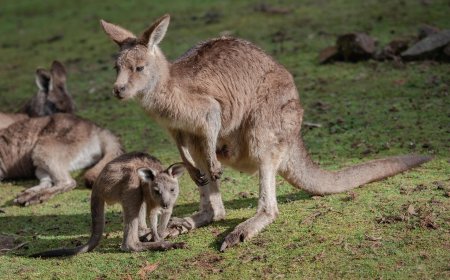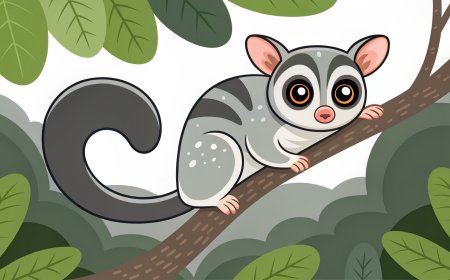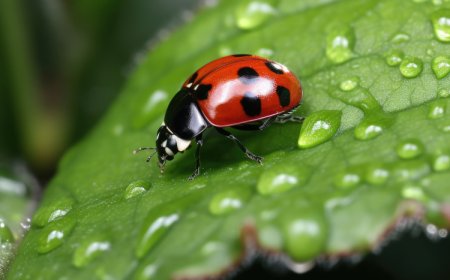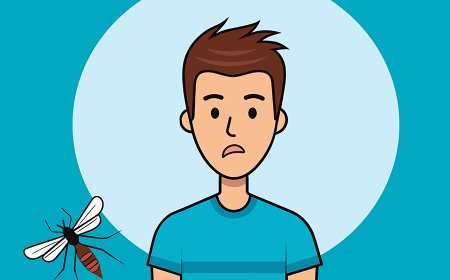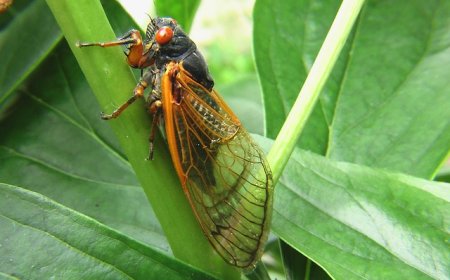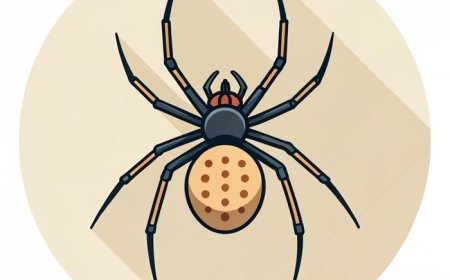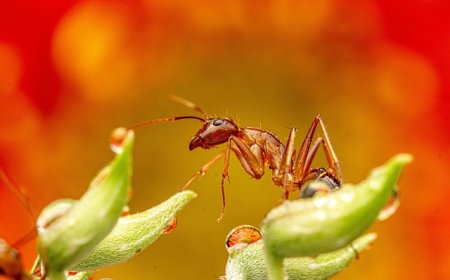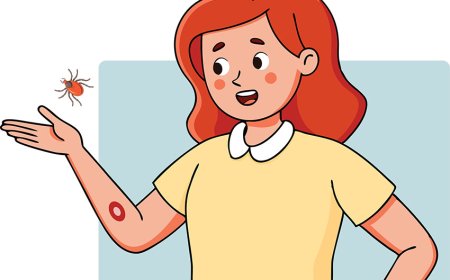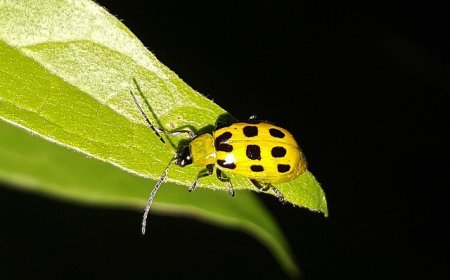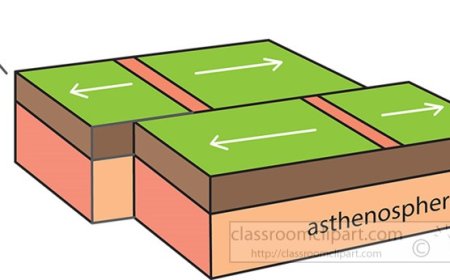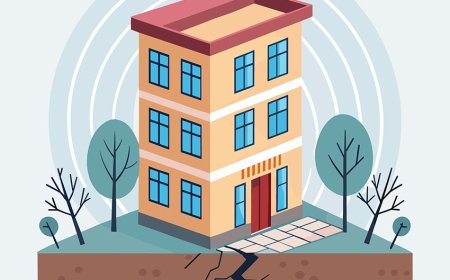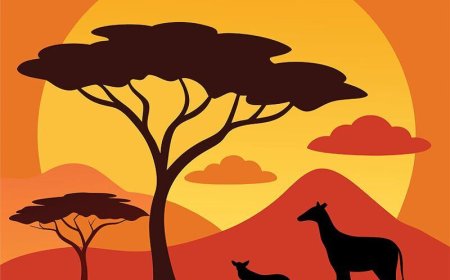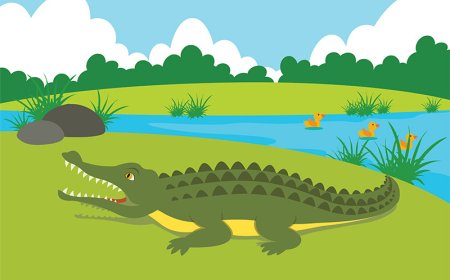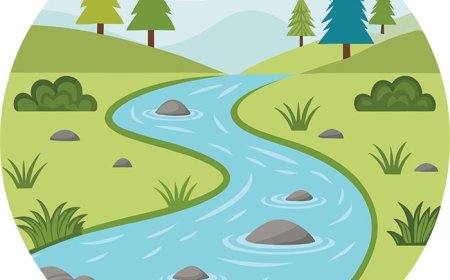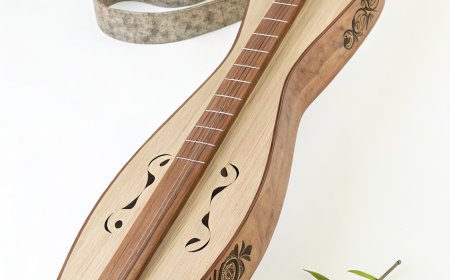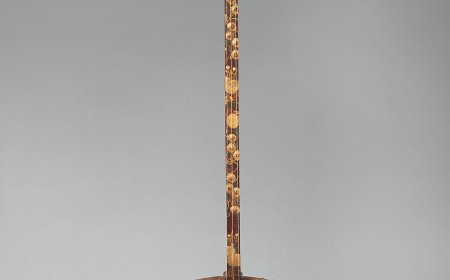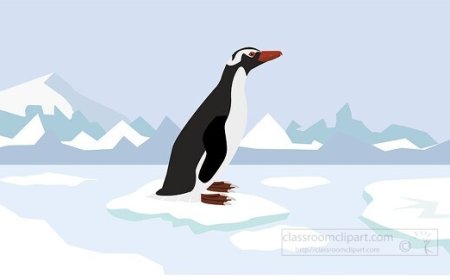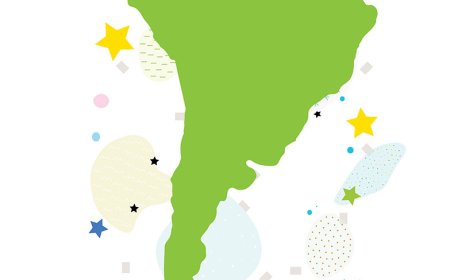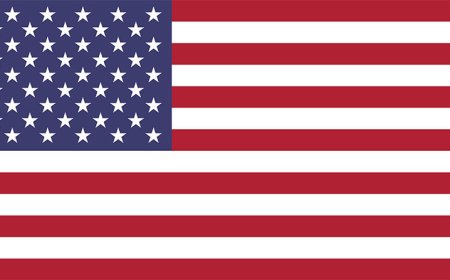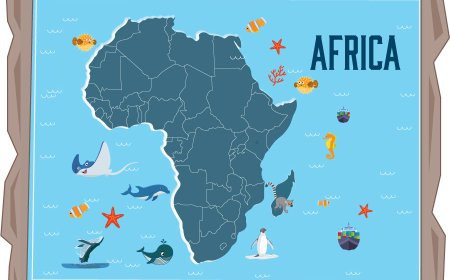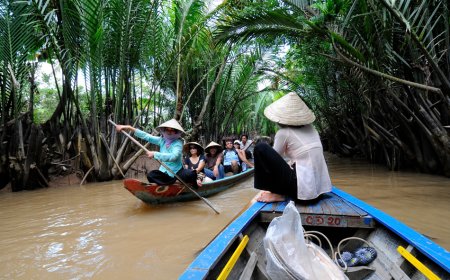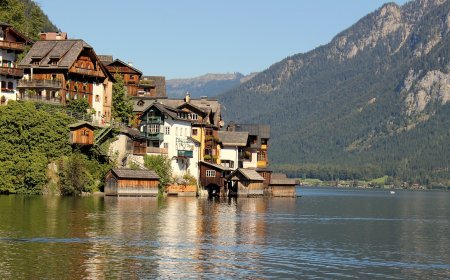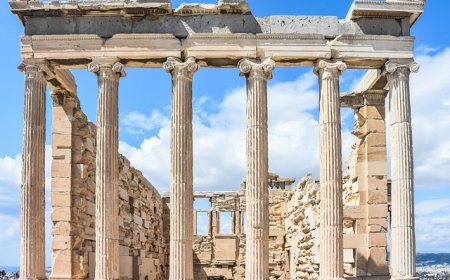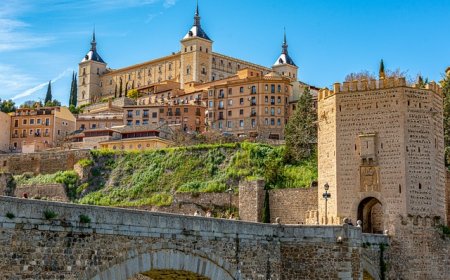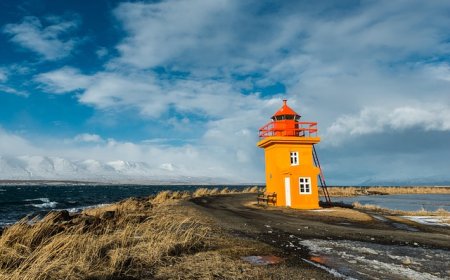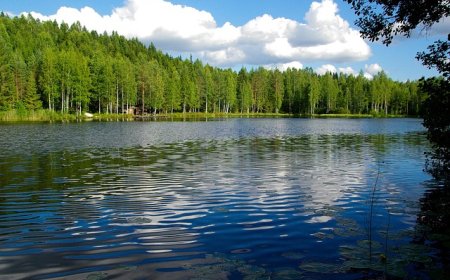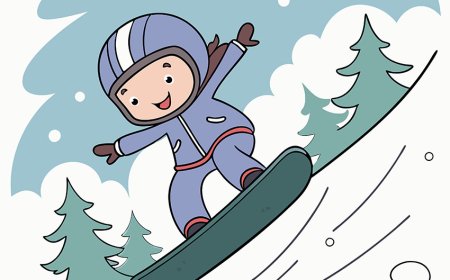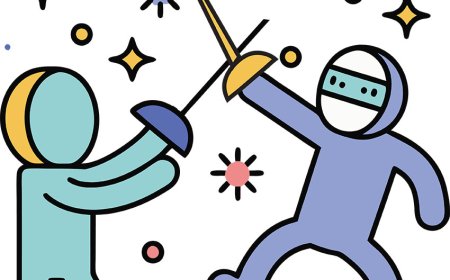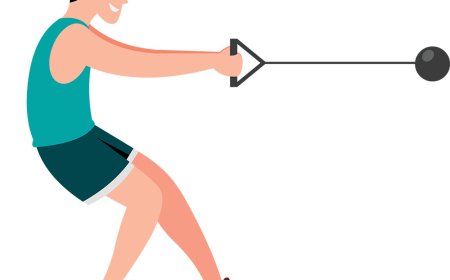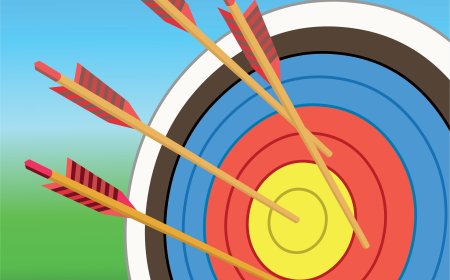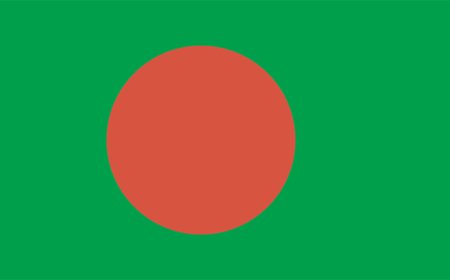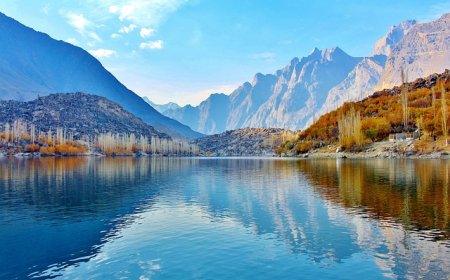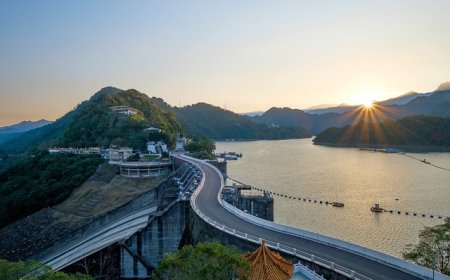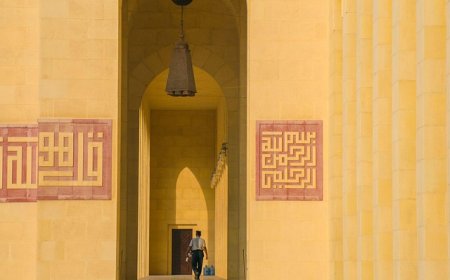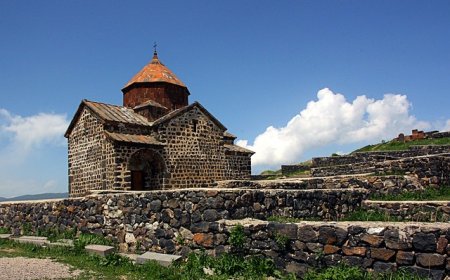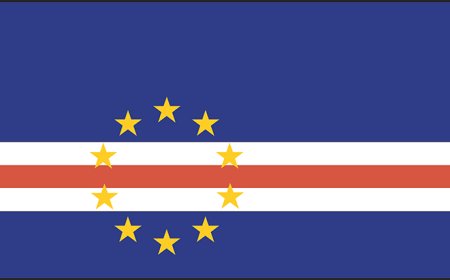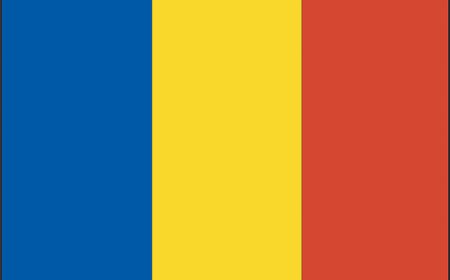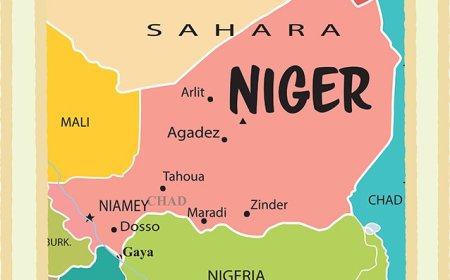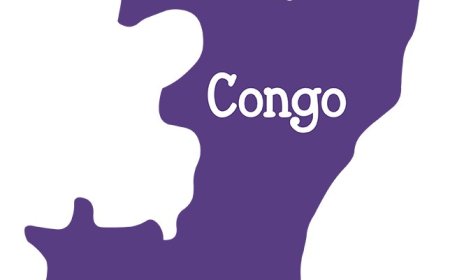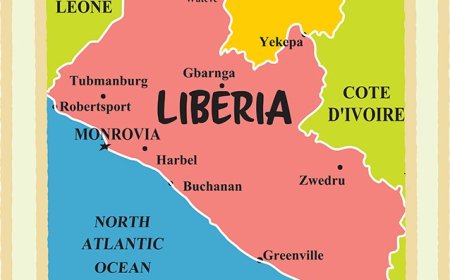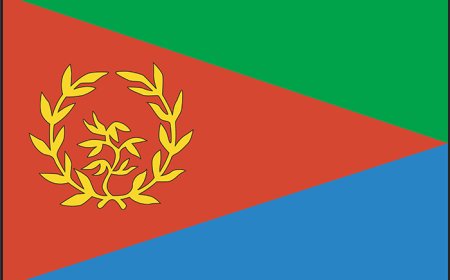Mauritania for Students: Geography, History, and Culture of a Desert Nation
Explore the landscapes, ancient trade routes, and cultural heritage of Mauritania in this student-focused article. Includes vocabulary, quiz, and national standards
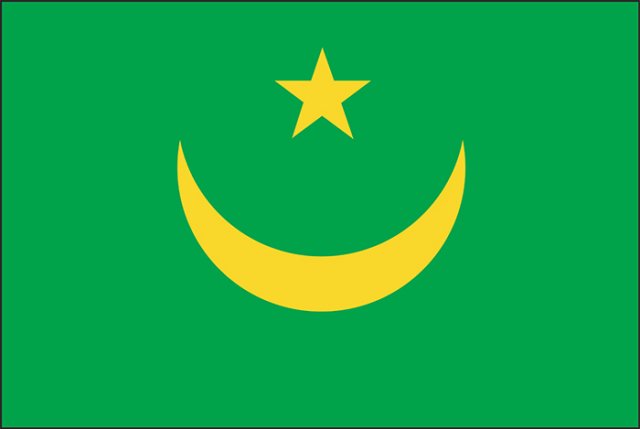
🌍 Introduction: A Land of Sand and Story
Mauritania is a large country in West Africa, where the Sahara Desert stretches for miles and the Atlantic Ocean borders its west coast. It is a place where ancient camel caravans, ocean fishermen, and modern cities all exist side by side. With deep ties to Islamic learning and desert traditions, Mauritania is a country where history, faith, and resilience shape everyday life.
Though much of the land is dry and harsh, Mauritania's people are known for their hospitality, their connection to the land, and their efforts to balance tradition with modern growth.
🗺️ Geography and Environment
Mauritania covers about 1 million square kilometers (386,000 square miles), making it one of the largest countries in Africa. It is bordered by Western Sahara, Algeria, Mali, Senegal, and the Atlantic Ocean. The country’s geography is mostly desert and semi-desert, with sand dunes, rocky plateaus, and sparse vegetation.
The Sahara Desert dominates the north and center, while the Sahel region in the south is slightly greener and supports some farming. Along the coast, the Banc d'Arguin National Park is a key habitat for migrating birds, dolphins, and sea turtles.
The climate is hot and dry, with very little rainfall, especially in the northern desert regions. Wells and oases are vital sources of water, and nomadic traditions developed around traveling from place to place to find grazing land and water.
🏛️ Government, Language, and Population
Mauritania is a republic, with a president elected by the people. It has experienced several military coups in its history, but recent efforts have focused on creating stable, democratic leadership.
The capital city is Nouakchott, located near the Atlantic coast. It’s a growing urban center where you’ll find markets, schools, mosques, and government buildings.
Mauritania has a population of about 4.5 million people. The largest ethnic groups include:
Moors (Arab-Berber descent)
Black African ethnic groups such as the Soninké, Wolof, Fulani, and Bambara
The official language is Arabic, and French is also used in education and business. Hassaniya Arabic is the main spoken dialect. The country is overwhelmingly Muslim, and Islam plays a major role in daily life, education, and law.
The currency is the Mauritanian ouguiya (MRU).
🎭 Culture and Daily Life
Mauritanian culture reflects both Arab and West African traditions. Many people live in cities now, but nomadic culture still influences clothing, food, music, and customs. In rural areas, you may still see tents made of goat hair, camels, and traditional tea ceremonies.
Mauritanian families are close-knit, and respect for elders is important. Hospitality is a deeply valued tradition. Visitors are often welcomed with three rounds of mint tea, served slowly and with meaning.
Traditional clothing includes the boubou for men and the melfa, a long wrap worn by women. Meals are often eaten by hand, with families sitting together on mats.
Popular dishes include:
Chebujin (rice with fish and vegetables)
Couscous with lamb or chicken
Dates and milk, especially during Ramadan
📜 History: Trade Routes and Ancient Cities
For centuries, Mauritania was part of trans-Saharan trade routes, where gold, salt, books, and slaves were carried by camel caravan from West Africa to North Africa and the Middle East.
Historic cities like Chinguetti, Oualata, and Tichitt were centers of Islamic learning, with libraries filled with handwritten books on science, religion, and law. Chinguetti is still known as the “City of Libraries” and is considered a holy site.
Mauritania became a French colony in the late 1800s, part of French West Africa. The country gained independence in 1960, and since then, it has faced challenges including drought, poverty, and political unrest.
Despite these challenges, Mauritania continues to preserve its desert heritage while building its modern future.
💰 Economy and Resources
Mauritania’s economy is based on:
Mining (especially iron ore, its biggest export)
Fishing along the Atlantic coast
Farming and herding in the south
The desert climate makes farming difficult, but many people raise goats, sheep, cattle, and camels. Some people still live as nomadic herders, though fewer today than in the past.
Along the coast, fish and seafood are exported to Europe and other countries. Iron ore and gold mining are key industries, though much of the population still lives in poverty.
The government is working to improve schools, water access, and healthcare, especially in rural areas.
🌿 Wildlife and Natural Beauty
Though it may seem like a dry land, Mauritania is home to unique wildlife. In the Banc d'Arguin National Park, birdwatchers can see flamingos, pelicans, and other migratory birds. Sea turtles and dolphins also visit the coastal waters.
In the desert and Sahel, you might find gazelles, foxes, jackals, and desert reptiles. Many species are threatened due to climate change and overgrazing.
The Eye of the Sahara (also called the Richat Structure) is a mysterious, circular rock formation visible from space. It’s one of the most famous natural features in the Sahara.
📚 Vocabulary List
Word Definition
Ouguiya The currency of Mauritania
Nomad A person who moves from place to place for food or water
Chebujin A popular Mauritanian dish made with rice, fish, and vegetables
Caravan A group of people traveling together, often across the desert
Sahel A dry region between the Sahara and savanna zones
Mint tea A sweet tea served in three rounds as a sign of hospitality
Chinguetti An ancient desert city known for Islamic learning
Desertification The process by which fertile land becomes desert
🧒 Kid-Friendly Summary
Mauritania is a big, dry country in West Africa, where the desert stretches for miles and people still ride camels. It’s known for old cities filled with books and for kind people who share sweet mint tea. Most people speak Arabic and follow Islam. Life can be hard in the desert, but the people of Mauritania are proud of their history, culture, and beautiful land.
🎯 Interactive Quiz: What Do You Know About Mauritania?
1. What is the capital of Mauritania?
a) Dakar
b) Bamako
c) Nouakchott
d) Agadez
2. What is Mauritania mostly covered by?
a) Rainforest
b) Mountains
c) The Sahara Desert
d) Lakes
3. What is Mauritania’s most important export?
a) Coffee
b) Iron ore
c) Cocoa
d) Timber
4. What ancient city is known as the “City of Libraries”?
a) Timbuktu
b) Chinguetti
c) Gao
d) Accra
5. What is traditionally served in three rounds as a sign of hospitality?
a) Milk
b) Mint tea
c) Coconut water
d) Orange juice
6. What is a nomad?
a) A desert lizard
b) A person who stays in one place
c) A person who moves often for water or food
d) A camel herder who owns a shop
7. What body of water borders Mauritania?
a) Mediterranean Sea
b) Nile River
c) Lake Victoria
d) Atlantic Ocean
8. What language is mainly spoken in Mauritania?
a) English
b) French
c) Arabic
d) Portuguese
